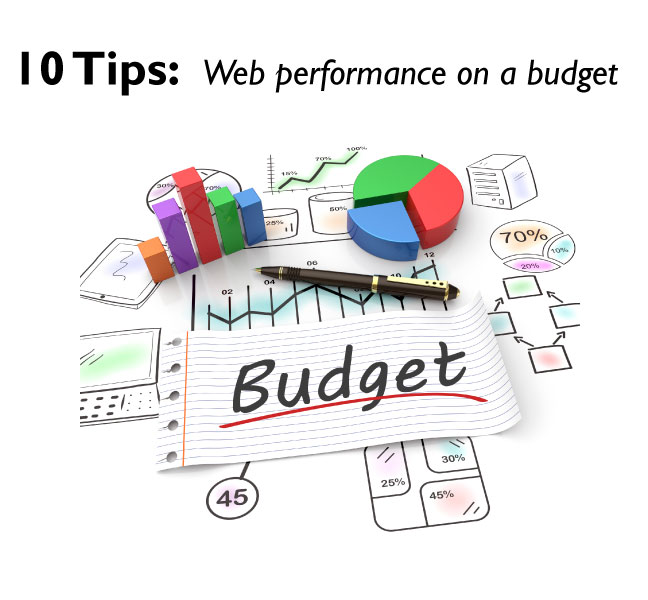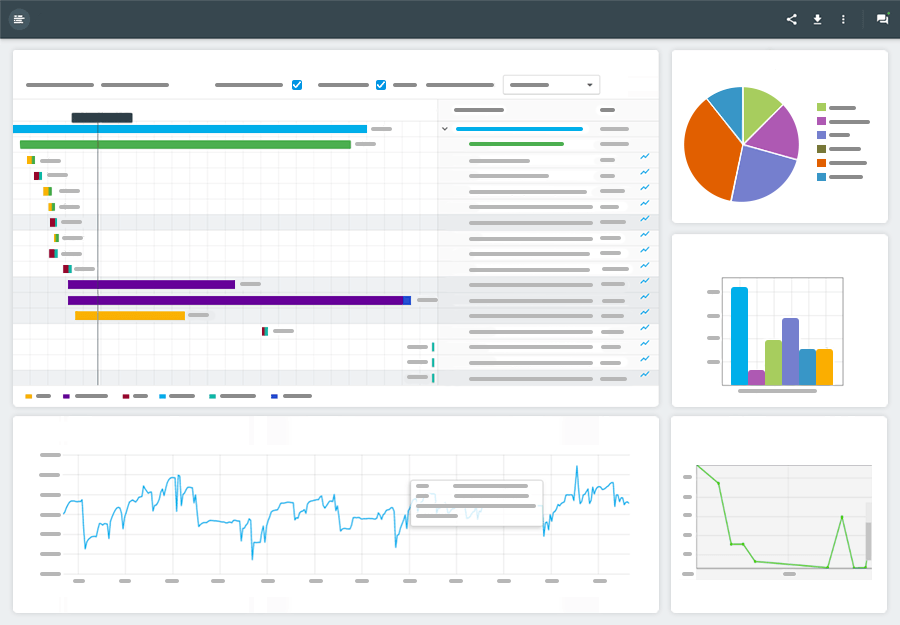Web Performance on a Budget: 10 Tips for Success
Good website performance doesn’t have to cost a fortune. There are several things you can do to improve your website’s performance that won’t cost you much. Some of these things you can do yourself and some may require a little outside help.
 1. Reconsider Your PlugIns
1. Reconsider Your PlugIns
PlugIns are convenient and often free. They let you add functionality to your website without having to hire a developer or learn any programming skills. But they have to be loaded separately from the rest of a web page, slowing things down.
Some plugins can be replaced by native code that is often available online for free.
If you can’t replace a plugin with code, you should make sure that you’re using the fastest plugin for the job. Check online reviews to find which plugins are faster than others.
2. Simplify Your Web Design
If you built your website with WordPress or a platform like Weebly, you can change the design of your website by changing the theme. With platforms like Squarespace, Shopify, or Weebly, you can change themes with a few clicks. Installing a new WordPress theme is more labor-intensive, but you should still be able to do it in house.
Online reviews can help you select a fast theme for your website.
3. Edit Your Images
Just like plugins, web browsers have to load images separately – and re-size them on the fly. If you upload pictures at full size, they’ll be too big. Resize them to the size you need.
4. Stop Complicating Your Code
You may be adding excess code to your site without realizing it. If you write any copy for your site in a word processing program, don’t cut and paste directly into your site. First paste the copy into a text editor to strip out invisible formatting codes that are meaningless outside of the word processing program.
5. Switch Web Hosts
If you search online for “Cheap Web Host” you’ll find a number of reviews that discuss the performance you can expect from less expensive web hosting companies. Some of the top web hosts have budget-friendly options. Make sure you’re not paying for more bandwidth than you need.
6. Find the Problem Areas
Some pages and processes slow down your site more than others. Perform a load test to identify the bottlenecks and address them. Open source load testing solutions like Apache JMeter are available for free. Some commercial solutions like Dotcom-Monitor’s LoadView only charge you for the server time you actually use during a load test, making them budget-friendly.
7. Compress Big Pages
You can trim and trim, and still have large web pages (100kb or more). Using a free tool called GZip, you can set up your server to compress large files to speed things up.
8. Clean Up Your Code
If you built your website with a WYSIWYG editor, the software created the code for you. This code is anything but elegant or fast-loading. The PageSpeeds Insights Chrome Extension will analyze your HTML and provide an optimized version.
9. Fix Your Broken Links
When you remove content from your site, you don’t always remember to remove every link to those files. When a user tries to access them, they’ll get a 404 Error that can slow down your server considerably. The Online Broken Link Checker can find your broken links for you.
10. Enable Keep Alive
Every time a visitor tries to download a new page or file from your site, their browser asks for permission. By enabling Keep Alive with a snippet of code, the browser only has to ask permission once.
Inexpensive Changes Can Make a Big Difference
Be sure to test your website’s speed with a free online tool like Dotcom-Monitor’s Web Page Speed Test before and after you make changes so you can see how much bang you’ve gotten for your buck.


